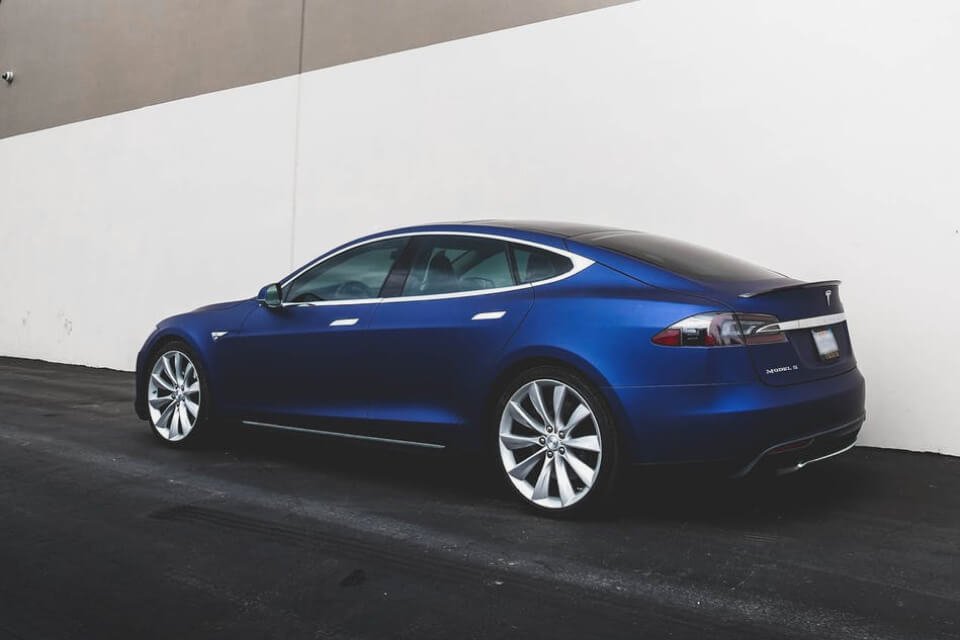Introduction to AI Predictions
As we look ahead to 2025, the landscape of artificial intelligence (AI) continues to evolve rapidly. This blog discusses six predictions for the future of AI, exploring key trends and their potential impacts. Additionally, we’ll reflect on how accurate my predictions for 2024 turned out to be.
Predictions for 2025
1. Major Public Protest: It is anticipated that we will witness the first major public protest regarding AI, as people become more aware of its implications on society.
2. Market Cap Turmoil: A significant company may experience a drastic drop in market capitalization due to AI advancements, illustrating the vulnerability of traditional businesses in a tech-driven market.
3. Rise of Personal AI Robots: There will likely be over 100,000 pre-orders for personal AI robots, as consumers increasingly embrace automated helpers in their daily lives.
4. China’s AI Leadership: China is expected to take the lead in the AI race, particularly in the open-source sector, which will have global ramifications.
5. Breakthroughs in Biology and Chemistry: We can expect significant advancements in AI applications within biology and chemistry, potentially revolutionizing these fields.
6. Economic Growth from AI Builders: Lastly, the economic landscape will shift, with an estimated 15 million AI builders contributing significantly to economic growth on platforms like Hugging Face.
Review of 2024 Predictions
Reflecting on 2024, my predictions revealed some accurate trends. Notably, a hyped AI company did indeed face financial challenges, and we witnessed the rise of open-source LLMs reaching parity with their closed-source counterparts. Breakthroughs in AI technology across various fields were indeed observed as anticipated. However, while discussions on the environmental cost of AI increased, the monetary aspects were discussed more thoroughly than the environmental consequences. Additionally, the growth of AI builders on Hugging Face showcased minimal unemployment impact, suggesting that AI integration can coexist with job security.


